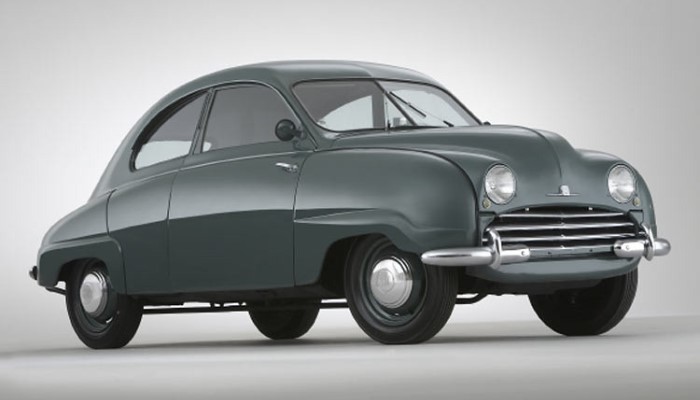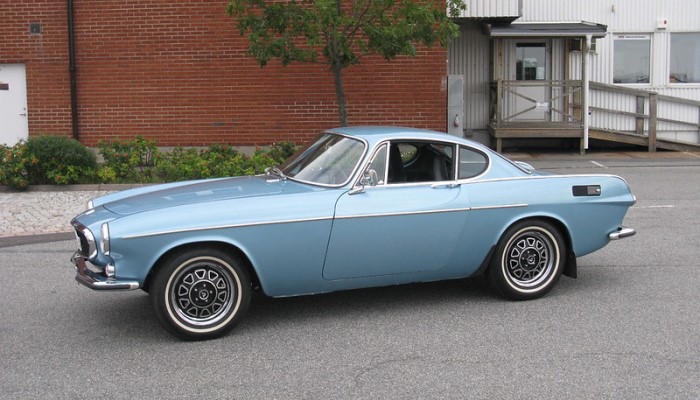Saab Sonett 2
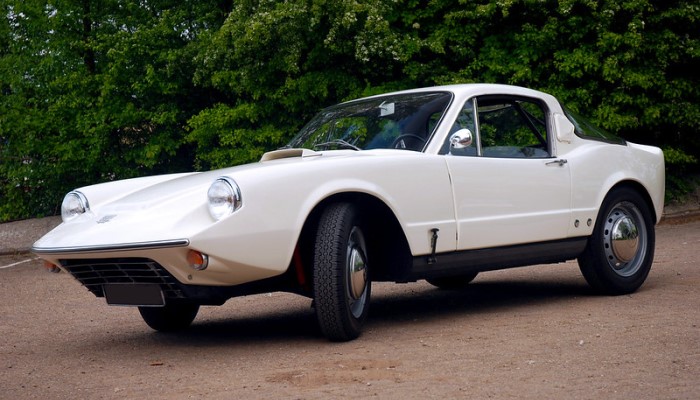
Photo: "Saab (97) Sonett II 1967" by Jelger Groeneveld
The Car That Arrived Too Late
Ten years after the creation of the Saab Sonett I, Saab decided to return to the theme of a sports car on the chassis of a standard sedan.
There were many reasons for this. In 1961, Volvo launched its Volvo 1800 coupe into series. Saab could not help but respond to competitors from Gothenburg. Saabs have been very successful in rallies, and less successful in road races. It would be stupid not to build a sports coupe based on these cars. It was necessary to diversify it somehow.
Saab didn't bother too much with the choice of chassis. The Saab 96 Monte Carlo was taken as the basis. This car has proven itself in rallying. By 1965, two prototypes were ready. One has a targa body, and the second has a coupe body. The choice fell on the coupe, which bore the factory designation MFI13.
If the first Sonett was designed as a car for racing, the Sonett II was already a car tailored for the average buyer, but with the ability to participate in rally racing.
The name of the car is actually not related to the 14-line poem that Shakespeare loved so much. In fact, Sonett is short for the exclamation—a very beautiful car, in Swedish. This is how Rolf Mellde assessed the first Sonett when he saw it for the first time.
Production
In 1966, Sonett II went into production. It was a good car with a lot of potential. The manufacturer equipped the car with a two-stroke, three-cylinder, in-line engine, boasting a volume of 51 cid (841 cc) and delivering a power output of 60 hp. The car body was made of fiberglass.
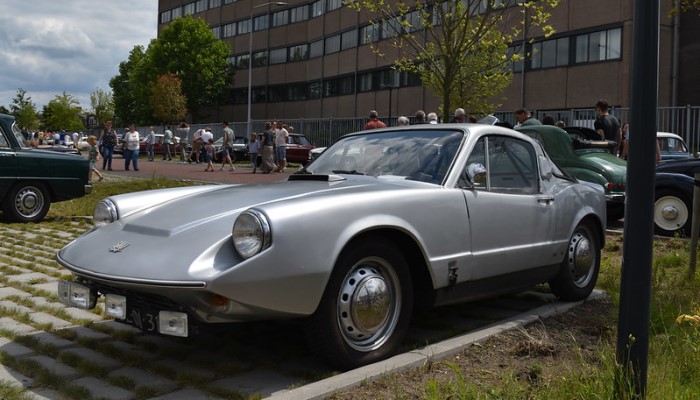
Photo: "Saab Sonett II" by denniselzinga
Alas, Saab was late with this car. Sonett II must have appeared at least three years earlier. And in 1967, Sonett II was clearly too weak for serious competitions, although some private cars participated in various competitions and more powerful competitors appeared on the market in the same price niche.
Of particular note is the two-stroke engine, which did not meet US emission control standards. Those standards were, in fact, decisive for the discontinuation of the production of this model. In 1966, 28 cars were produced; in 1967, 230.
Saab Sonett V4
The transition to a Ford four-cylinder engine did not have the best effect on the sports career of the second Sonett. In the United States, vehicle emission requirements were tightened, and Saab had to abandon two-stroke engines. The replacement was a four-cylinder V-shaped, 91 cid (1.5-liter) engine from the Ford Taunus P4.
Although this engine was five horsepower more powerful (65 hp), it weighed significantly more than the Saab three-cylinder. By installing a heavier engine, the Sonett V4 gained weight, and the weight distribution along the axis also changed.
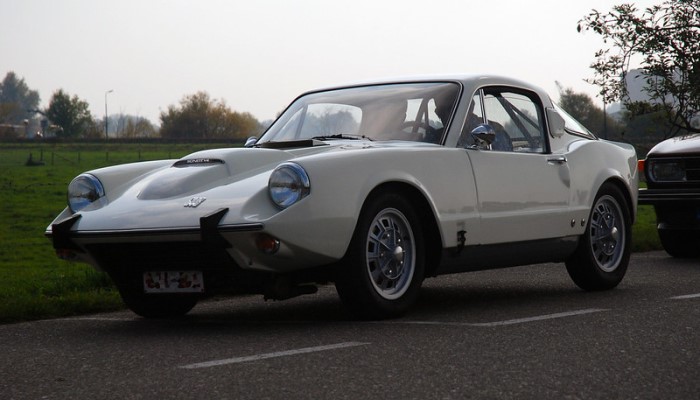
Photo: "Sonett V4" by Jelger Groeneveld
The updated car received the designation Saab Sonett V4. You can recognize this car by the characteristic dome on the hood. The new engine did not fit into the engine compartment any other way. In less than three years of production, 1,610 Sonett V4s rolled off the production lines.
Saab Sonett II/V4 in Today's Market
The Sonett II is a collectible classic – in fact, according to Hagerty, it is the most collectible Saab currently on the market.
Its lightweight body and manual transmission give the car a nimble feeling, and its four-wheel independent suspension and disc brakes provide excellent control.
On the collector's market, the Saab Sonett II is known for its rarity and exclusivity. While some were sold on the American market, the majority of these cars were sold in their native Sweden. This makes them highly sought-after among collectors, and correspondingly, there are not many on the market.
When it comes to value, the Saab Sonett II is a relative bargain on the collector car market. Though prices range from vehicle to vehicle, with excellent vehicles often reaching into the five-figure range ($20,000 - $35,000), the Sonett II remains an affordable classic. The average price over the last five years is slightly more than $14,000. This makes it an attractive buy for those looking to add a piece of Swedish auto history to their collection.

Unique Car Zone Team
A group of several fans of everything that moves on four wheels, a few article creators, a couple of marketing strategists, designers, web developers, and lots of coffee.




